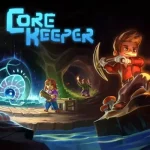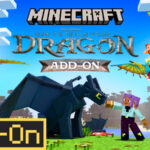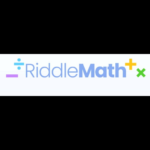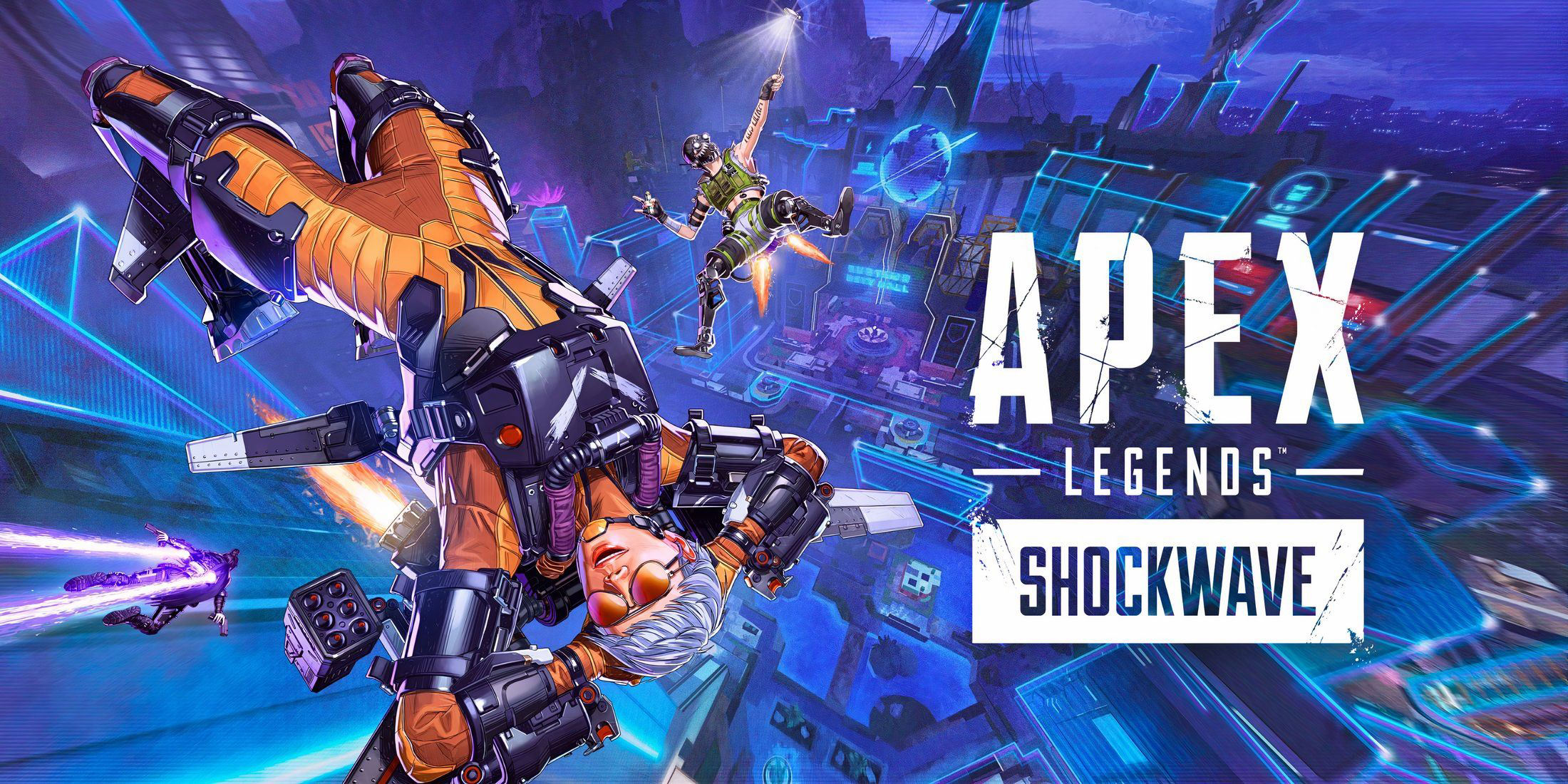The Evolution and Challenges of Data Pack Limitations in Minecraft
Introduction
Since its release in 2009,
Minecraft, developed by Markus Persson and Mojang Studios, has grown from a simple sandbox game into a global phenomenon, captivating millions with its open-ended gameplay and boundless creativity. The introduction of data packs in the Java Edition with the 1.13 update (2017) marked a significant milestone, enabling players to customize gameplay through functions, loot tables, advancements, and more without modifying the game’s core code. However, one persistent challenge in
Minecraft’s modding ecosystem is the limitations of data packs, particularly in terms of performance, complexity caps, and compatibility constraints. These restrictions impact the creation of sophisticated custom content, from intricate RPG systems to complex mini-games. This article explores the evolution of data packs, the specific issue of their limitations, their technical underpinnings, community responses, and potential solutions, while providing a detailed analysis of their pros and cons and a rating of their effectiveness.
Early Modding Before Data Packs (2009–2012)
The Rise of Modding Communities
When
Minecraft launched in 2009, modding was limited to client-side modifications or server plugins using tools like Bukkit. Players altered game mechanics by editing the game’s source code or using external tools, which often required technical expertise and risked breaking with updates. Early mods, such as
BuildCraft and
IndustrialCraft, showcased the potential for custom content but were inaccessible to casual players. The lack of an official system for lightweight customization frustrated creators who wanted to share creations without requiring players to install third-party software.
Limitations of Early Modding
Without a standardized framework, early modding was fragmented, with compatibility issues between mods and frequent crashes. Server plugins offered some flexibility for multiplayer, but single-player worlds were harder to customize. The community relied on forums like Planet Minecraft to share rudimentary custom maps, often using command blocks introduced in 2012. These early constraints highlighted the need for an official, lightweight customization system, setting the stage for data packs.
Introduction of Data Packs in 1.13 (2017)
The World of Minecraft Update
The 1.13 “Update Aquatic” release in July 2017 introduced data packs as part of a broader overhaul of
Minecraft’s technical framework. Data packs allowed players to customize gameplay elements like recipes, loot tables, advancements, and functions using JSON files, all without modifying the game’s core code. This system was designed to be lightweight, accessible, and compatible with vanilla servers, enabling creators to share content via simple ZIP files. Data packs empowered players to create custom gameplay experiences, such as new crafting recipes or boss fights, without requiring external mods.
Initial Constraints
Despite their potential, data packs faced immediate limitations. The system relied heavily on command execution, which was capped by the game’s tick rate (20 ticks per second). Complex data packs with numerous functions or loops could cause significant lag, especially in multiplayer environments. Additionally, data packs lacked the depth of full mods, restricting creators to predefined systems like loot tables and advancements. Early adopters, such as map makers on Realms, praised the accessibility but noted the performance bottlenecks when pushing the system’s limits.
Expansion of Data Pack Capabilities in 1.14–1.16 (2018–2020)
New Features and Flexibility
Updates 1.14 to 1.16, spanning 2018 to 2020, expanded data pack capabilities with features like custom world generation, predicates, and improved function systems. The 1.16 “Nether Update” introduced the ability to modify biomes and structures, allowing creators to craft entirely new environments. Notable data packs, such as
BlazeandCave’s Advancements, added hundreds of custom achievements, showcasing the system’s potential. These updates made data packs a cornerstone of
Minecraft’s customization ecosystem, particularly for map makers and server operators.
Performance and Complexity Caps
As data packs grew more ambitious, performance issues became more pronounced. Functions with thousands of commands or recursive loops could overload the game’s command engine, causing tick lag or crashes. The lack of a native debugging tool forced creators to rely on trial-and-error or community-made tools like
MCStacker. Additionally, data packs were limited to modifying existing game mechanics, preventing creators from adding new blocks, items, or entities without resorting to resource packs or full mods. This cap frustrated creators aiming for RPG-style overhauls or complex mini-games.
Community-Driven Innovation (2018–2020)
Workarounds and Optimization
The
Minecraft community responded with remarkable ingenuity, developing techniques to work within data pack constraints. Creators used “tick” and “load” functions to manage command execution efficiently, minimizing lag. They also leveraged predicates to create conditional logic, reducing the need for bloated command chains. Lists of optimization strategies emerged on platforms like Reddit and the Minecraft Commands Discord, including:
- Batch Commands: Grouping multiple actions into single functions to reduce tick overhead.
- Predicate Optimization: Using predicates to check conditions efficiently.
- Scoreboard Tricks: Utilizing scoreboards for complex logic without excessive commands.
Community Frustrations
Despite these workarounds, many creators expressed frustration with data pack limitations. The 20-tick-per-second cap was a hard barrier, particularly for multiplayer servers with dozens of players. Compatibility issues arose when combining multiple data packs, as conflicting namespaces or resource overuse could break functionality. The community called for official tools to debug and optimize data packs, as well as higher performance caps for modern hardware, highlighting a divide between casual creators and those pushing the system’s boundaries.
The 1.17–1.18 Caves & Cliffs Updates (2021)
World Height and Data Pack Impact
The 1.17–1.18 “Caves & Cliffs” updates in 2021 expanded
Minecraft’s world height and introduced new world generation features, further enhancing data pack capabilities. Creators could now customize terrain generation with noise settings, enabling unique biomes and structures. However, these additions increased the computational load of data packs, as custom world generation required complex JSON configurations that could slow down world loading, especially on lower-end systems.
Persistent Performance Issues
The expanded world height exacerbated performance issues for data packs. Custom structures with thousands of blocks or intricate functions could cause significant lag during world generation or gameplay. Multiplayer servers, such as those running custom RPG maps, struggled to maintain stability when using data packs alongside high player counts. The lack of official documentation for advanced features like noise settings further complicated the process, forcing creators to rely on community wikis and YouTube tutorials.
The Rise of Data Pack Showcases (2021–2023)
Community Creations and Visibility
By 2021, data packs had become a staple of
Minecraft’s creative community, with platforms like Planet Minecraft and CurseForge hosting thousands of creations. Standout data packs, such as
Terralith for world generation and
Incendium for Nether biomes, demonstrated the system’s potential to rival full mods. Mojang’s Realms program began featuring data pack-enhanced maps, boosting their visibility. These showcases highlighted the creativity possible within constraints but also underscored the performance and complexity caps that limited their scope.
Limitations in Multiplayer
In multiplayer environments, data packs often struggled to scale. Servers running custom mini-games or RPG systems, like those on Hypixel, faced lag when data packs executed complex functions across multiple players. The lack of a server-side optimization framework meant that creators had to manually optimize their packs, a time-consuming process. Community feedback on X and forums emphasized the need for better multiplayer support, with some suggesting a dedicated “data pack engine” to handle high-performance tasks.
The 1.19–1.20 Updates and New Tools (2022–2023)
Advancements in Functionality
The 1.19 “The Wild Update” and 1.20 “Trails & Tales” updates introduced features like custom dimensions and improved command syntax, further expanding data pack capabilities. Creators could now craft entirely new dimensions with unique biomes and mechanics, as seen in data packs like
The Hallow. These updates also introduced the
/execute command’s enhanced flexibility, allowing for more efficient logic chains. However, the increased complexity pushed the boundaries of the tick rate, with even optimized data packs causing lag in ambitious projects.
Compatibility and Learning Curve
The rapid evolution of data pack features created compatibility issues, as packs designed for older versions often broke with new updates. The learning curve for new creators also steepened, as mastering JSON, predicates, and advanced commands required significant time investment. While community resources like
Misode’s Data Pack Generator eased the process, the lack of official in-game tools or tutorials remained a barrier, particularly for players without programming experience.
Technical Underpinnings of Data Pack Limitations (2023–2025)
The Tick Rate Bottleneck
The core limitation of data packs lies in
Minecraft’s 20-tick-per-second system, which governs command execution. Each tick processes a finite number of commands, and data packs with thousands of commands or recursive functions can overwhelm the engine, causing lag or crashes. This constraint is particularly evident in multiplayer, where player actions compound the computational load. Mojang’s focus on maintaining compatibility with low-end hardware, such as older PCs or consoles, ensures accessibility but limits the system’s scalability.
Comparison to Modding
Unlike full mods, which can alter
Minecraft’s codebase to add new blocks, entities, or mechanics, data packs are confined to existing systems. For example, creators cannot add new mobs without resource packs or client-side mods, limiting the scope of RPG-style data packs. The JSON-based system, while accessible, lacks the flexibility of programming languages like Java or Python, making complex logic




























